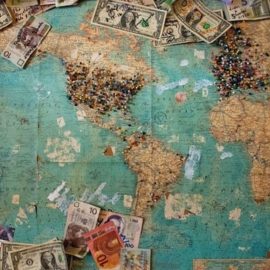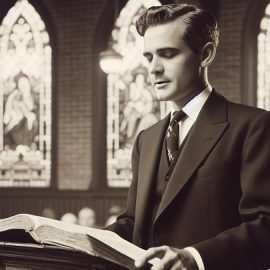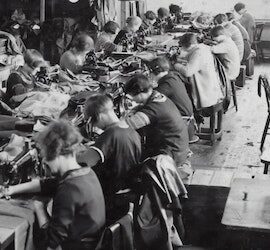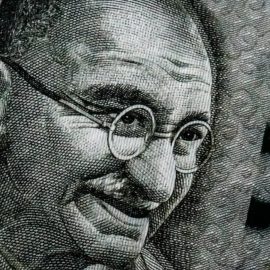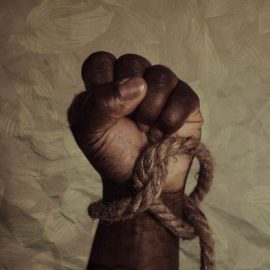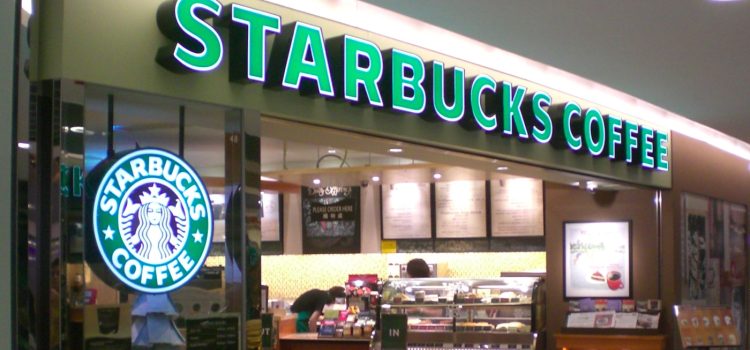

This article is an excerpt from the Shortform book guide to "Onward" by Howard Schultz. Shortform has the world's best summaries and analyses of books you should be reading.
Like this article? Sign up for a free trial here.
What happened to Starbucks in 2007? Why did Starbucks suffer from opening new stores?
By 2007, Starbucks had become a bastion of coffeehouse culture, but it wasn’t performing as well as former CEO Howard Schultz thought it should. In his book Onward, Schultz discusses how Starbucks rose to the top but fell to the bottom during the 2007-2008 financial crisis.
Keep reading to learn about the rise and fall of Starbucks.
Starbucks’ Rise to the Top
Before 2007, Starbucks was steadily moving upwards in the coffee industry. Schultz explains that his relationship with Starbucks began in 1982 when he joined the company as a marketing professional. At the time Starbucks was small and local to Seattle, Washington. As part of a work assignment, Schultz traveled to Italy, where he was inspired by the pleasurable cafe experiences he had there to start his own coffeehouse company. In 1987, his company acquired Starbucks and chose to keep the Starbucks name, at which point Schultz became Starbucks’ first CEO.
From the beginning, Schultz’s vision for the company was to balance making profits with uplifting humanity. Schultz stepped down to become Starbucks’ chairman of the board and chief global strategist in 2000, but his successor, Orin Smith, carried this vision forward. Schultz explains that over the years, Starbucks provided unique value for customers, employees, suppliers, stockholders, and global society and the environment:
Starbucks provided value to customers by offering a distinct coffeehouse experience that fused artisanal coffee, meaningful employee-customer relationships (achieved by having employees face customers as they made their drinks), and a comfortable “third place” setting (a space outside of home and work where people could gather).
Starbucks provided value to employees by endowing them with a healthy, rewarding work environment and uncommonly good benefits (for example, even part-time employees were entitled to health insurance and stock options).
Starbucks provided value to suppliers by treating them ethically (for example, ensuring coffee farmers were paid more fairly by participating in the Fairtrade certification system).
Starbucks provided value to stockholders by growing the business and expanding globally (Starbucks’ value nearly tripled between 2000 and 2005).
Starbucks provided value to global society and the environment by contributing to humanitarian causes and environmental education campaigns.
Starbucks’ Fall From Grace
Although Schultz commends Smith’s leadership, he also says that Smith’s focus on expansion by opening new stores domestically and abroad was bad for business. Many of the new locations didn’t operate sustainably, and the cost of opening them overshadowed the profits they brought in. However, opening new stores helped Starbucks appear to be growing, so the next CEO, Jim Donald, continued that strategy. Donald also led Starbucks’ breakthrough into the entertainment industry by developing partnerships with creators and promoting or co-producing their work.
Schultz says he began having doubts about Donald’s leadership because he started hearing more customer complaints. Starbucks was also suffering financially—growth slowed to a snail’s pace and stocks dropped tremendously—a decline that was worsened by the 2007 economic downturn. Schultz didn’t blame Donald because he felt all of Starbucks’ leaders shared responsibility for its performance, but he generally disagreed with the direction the company was headed. In his view, Starbucks’ leaders were failing the company by prioritizing rapid growth over in-store performance, which diminished the distinct coffeehouse experience that made Starbucks valuable to its customers and damaged in-store employee morale.

———End of Preview———
Like what you just read? Read the rest of the world's best book summary and analysis of Howard Schultz's "Onward" at Shortform.
Here's what you'll find in our full Onward summary:
- Why Starbucks CEO Howard Schultz left and later returned to the company
- Schultz’s three-part strategy that saved Starbucks from potential ruin
- Why millions of people love Starbucks’ coffeehouse experience

